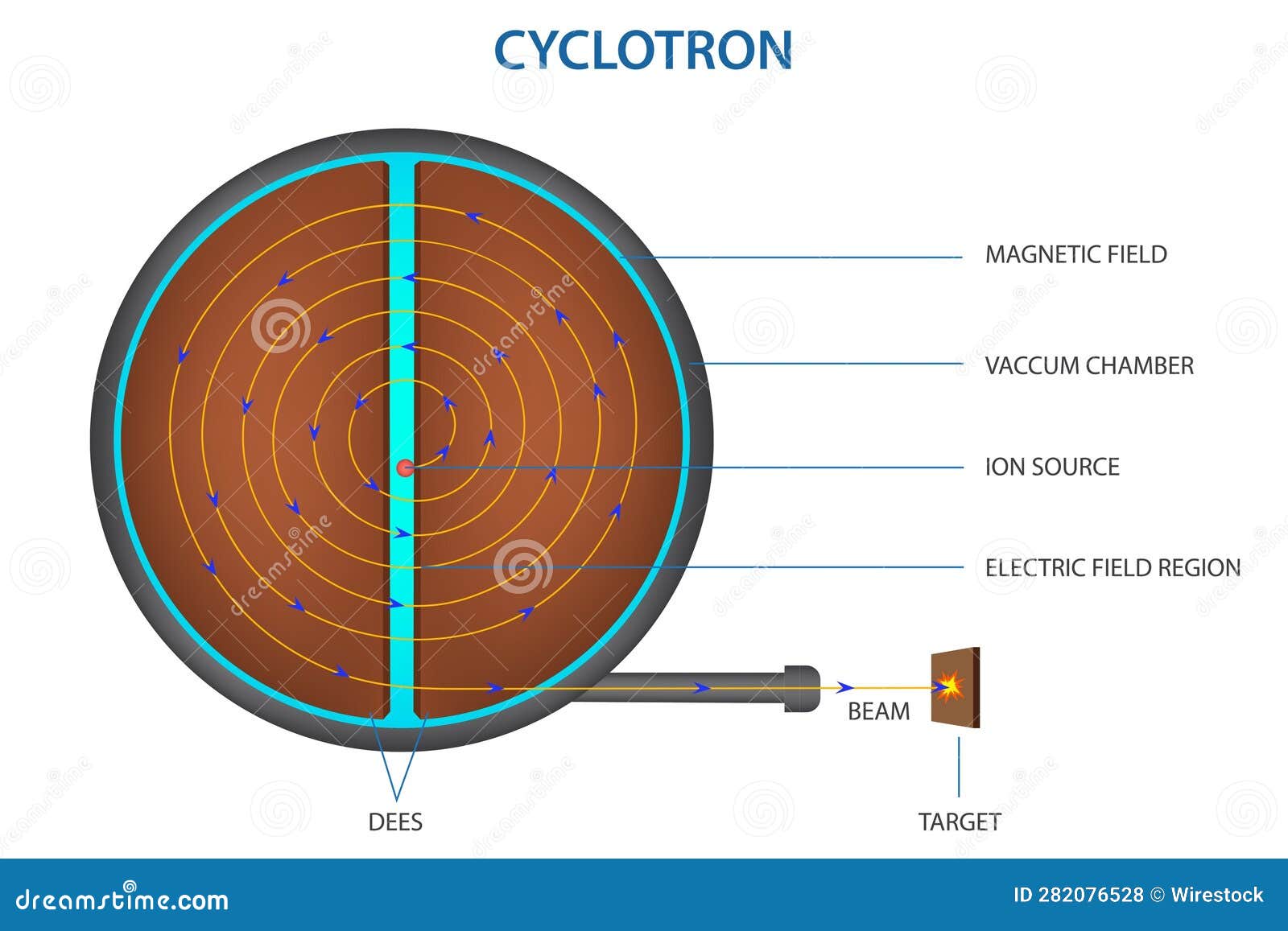Charged particles play an essential role in the operations of particle accelerators, which are complex devices designed to propel charged particles to high velocities, facilitating groundbreaking advancements in various fields of physics such as high-energy physics, nuclear physics, and materials science. This article explores the various types of charged particles commonly accelerated within these sophisticated instruments, elucidating their distinct properties, applications, and the underlying principles involved in particle acceleration.
Charged particles can be categorized primarily into two groups: positively charged particles, known as cations, and negatively charged particles, referred to as anions. The most prevalent types of charged particles employed in particle accelerators are protons, electrons, and ions. Each of these particles has unique characteristics that render them suitable for specific applications and experiments.
Protons are positively charged particles that are fundamental constituents of atomic nuclei. As baryons, protons consist of three quarks (two up quarks and one down quark) held together by the strong nuclear force, mediated by gluons. Their relatively substantial mass, approximately 1836 times that of an electron, allows them to penetrate dense materials and impart significant energy during collisions with target nuclei. In high-energy colliders, such as the Large Hadron Collider (LHC), protons enable researchers to probe fundamental forces and particles, ultimately facilitating the discovery of new particles such as the Higgs boson. The acceleration of protons requires a precise control of magnetic fields and electric potentials to ensure a tightly focused and stable beam, making the engineering of proton accelerators a challenging endeavor.
Electrons, on the other hand, are elementary particles that exhibit a negative charge and are classified as leptons. With a minuscule mass compared to protons, electrons are not bound within atomic nuclei, allowing them to traverse materials with relative ease. Their light mass facilitates the generation of very high energies in circular accelerators, such as synchrotrons, through repeated acceleration while maintaining compact beam focus. This property is particularly advantageous in applications such as synchrotron radiation, a phenomenon exploited in a multitude of experimental settings including materials science, biology, and chemistry. The high-level coherence and monochromaticity of synchrotron radiation generated from accelerated electrons have enabled scientists to produce exceptionally detailed imaging and analysis of complex molecular structures.
Ions, which can be either stable or unstable isotopes of elements, also serve as vital constituents of particle accelerators. Common ion species utilized in accelerator physics include helium nuclei (alpha particles), carbon ions, and heavier nuclei such as lead or gold ions. The acceleration of ions involves intricate considerations regarding mass differences, charge-to-mass ratios, and nuclear interactions during collisions. Heavy ions, for instance, are particularly valuable in producing extreme conditions akin to those present in the early universe during heavy ion collision experiments. Through these collisions, physicists investigate the properties of quark-gluon plasma, a state of matter thought to have existed just moments after the Big Bang.
In addition to these primary charged particles, antimatter and exotic particles have garnered significant attention as potential candidates for acceleration. Antiprotons, or negatively charged counterparts of protons, possess unique properties enabling their use in precise studies of symmetries between matter and antimatter. Their production requires intricate processes, typically involving high-energy collisions that result in the creation of particle-antiparticle pairs. The study of such particles addresses fundamental questions about the persistence of matter in the universe and the mechanisms leading to the apparent imbalance between matter and antimatter.
Furthermore, the realm of exotic particles encompasses hyperons, mesons, and other hadrons with unusual quantum characteristics. While these particles are less common in standard accelerator experiments, their incorporation represents a frontier in modern physics, pushing the boundaries of our understanding of fundamental forces and particles. The acceleration and manipulation of such exotic particles necessitate advanced techniques and innovative designs to exploit their unique properties effectively.
The mechanisms employed in particle accelerators to accelerate charged particles include electrostatic acceleration and electromagnetic acceleration. Electrostatic accelerators, such as Van de Graaff generators, utilize high-voltage fields to impart energy to particles in a linear fashion. In contrast, electromagnetic accelerators, including cyclic designs like cyclotrons and synchrotrons, use rapidly oscillating electric fields in conjunction with magnetic fields to propel particles in circular paths. The synchronization of electric and magnetic forces is pivotal in maintaining the stability and focus of the particle beam, which is essential for obtaining high collision rates and ensuring the success of experimental outcomes.
Ultimately, the study of charged particles within the context of particle accelerators sheds light on a plethora of scientific phenomena. From unraveling the fundamental building blocks of the universe to exploring novel materials with unprecedented properties, the precise manipulation of charged particles fosters knowledge expansion across multiple disciplines. As technology advances and new methodologies are developed, researchers continue to harness the power of particle accelerators, unearthing the mysteries of the cosmos and furthering our comprehension of the physical world.












